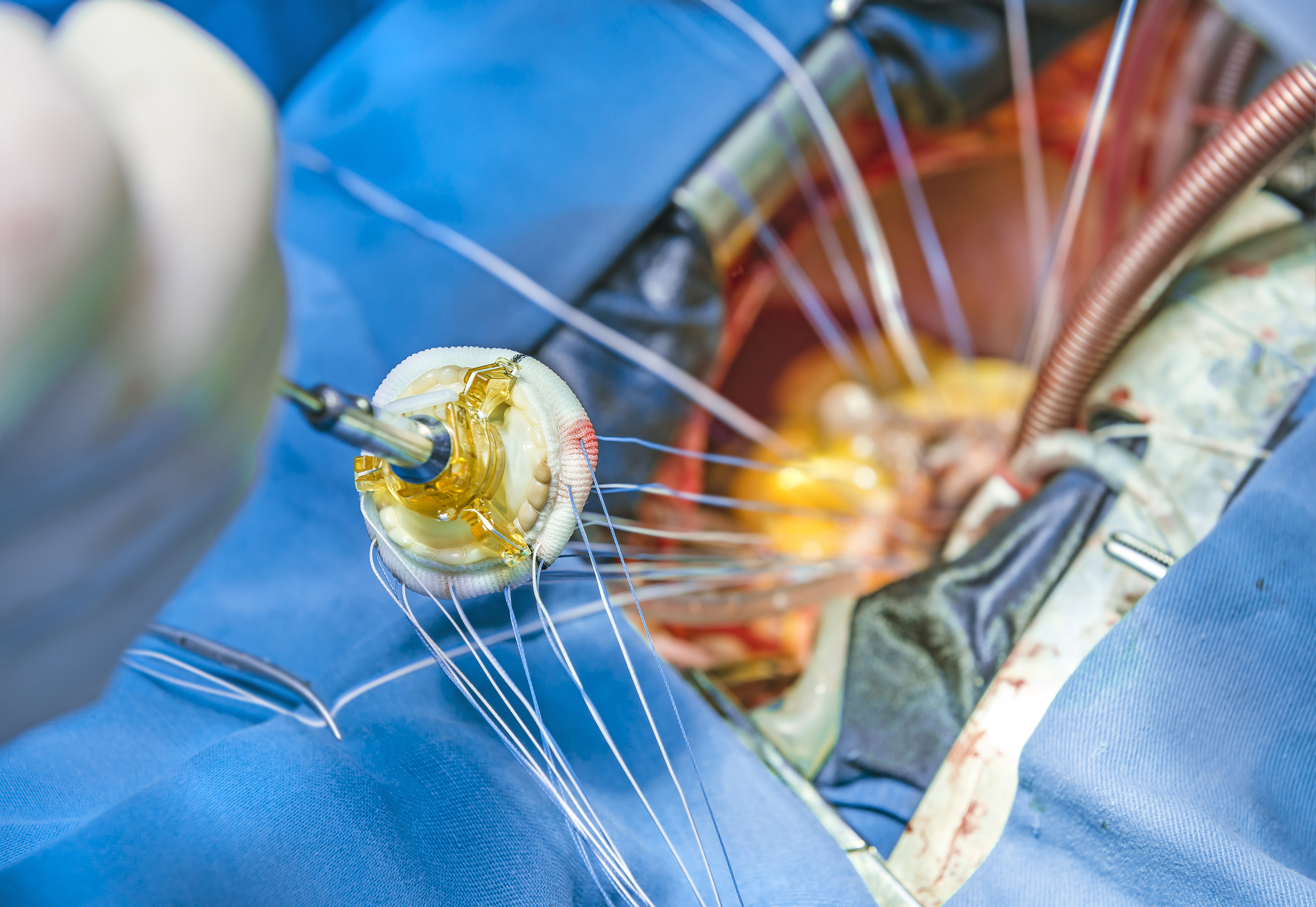A contemporary cohort study recently published in Journal of the American College of Cardiology highlighted the clinical significance of age and other associated comorbidities in determining the clinical outcome in patients undergoing surgical aortic valve replacement (SAVR). The 10-year mortality rate was found to be considerably high in elderly SAVR recipients of a bioprosthetic valve and almost one-third of the population exhibited subclinical structural valve degeneration (SVD).
Dr. Rodriguez-Gabella et al. from Laval University, the first author of this study, evaluated long-term outcomes and SVD in a large cohort of consecutive unselected bioprosthetic SAVR recipients (>600). The study was performed at a single center with high SAVR volumes and established surgical excellence in clinical outcomes. A total of 672 consecutive patients (mean age: 72 years; 61.5% male) undergoing SAVR with a bioprosthesis between 2002 and 2004 were included. Baseline and follow-up data were prospectively collected in a dedicated database. Baseline post-operative echocardiographic data were obtained in the 624 patients alive at hospital discharge and in 209 patients at 10 years.
This contemporary patient series reported on the 10-year outcomes of patients in the pre-TAVR (Transcatheter aortic valve replacement) era showed that approximately two-thirds of valve recipients had died at the 10-year follow-up. Patients with advanced age, low left ventricular ejection fraction, atrial fibrillation, larger BMI, diabetes, and COPD were at a particularly increased risk of mortality risk. Clinically relevant SVD occurred in 6.6% of patients; 30.1% of patients had subclinical SVD. A greater body mass index and the use of Mitroflow valve aortic bioprosthesis were independently associated with clinically relevant SVD, and 83% of these patients underwent aortic valve reintervention (valve-in-valve TAVR in 44% of them).
This study provided contemporary data on long-term clinical outcomes and SVD post-SAVR and the authors emphasized taking into consideration the age and other associated comorbidities when evaluating late clinical outcomes and valve durability post-TAVR.
Source: Long-Term Outcomes Following Surgical Aortic Bioprosthesis Implantation




